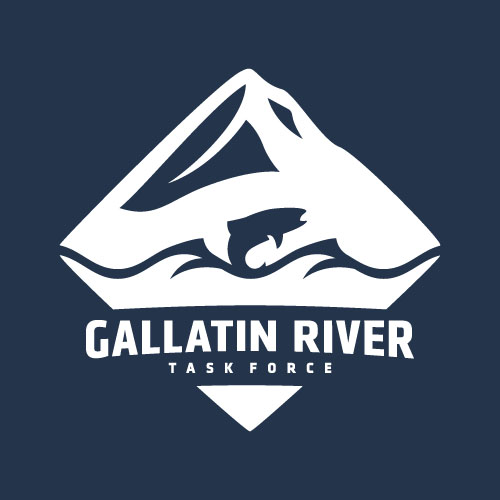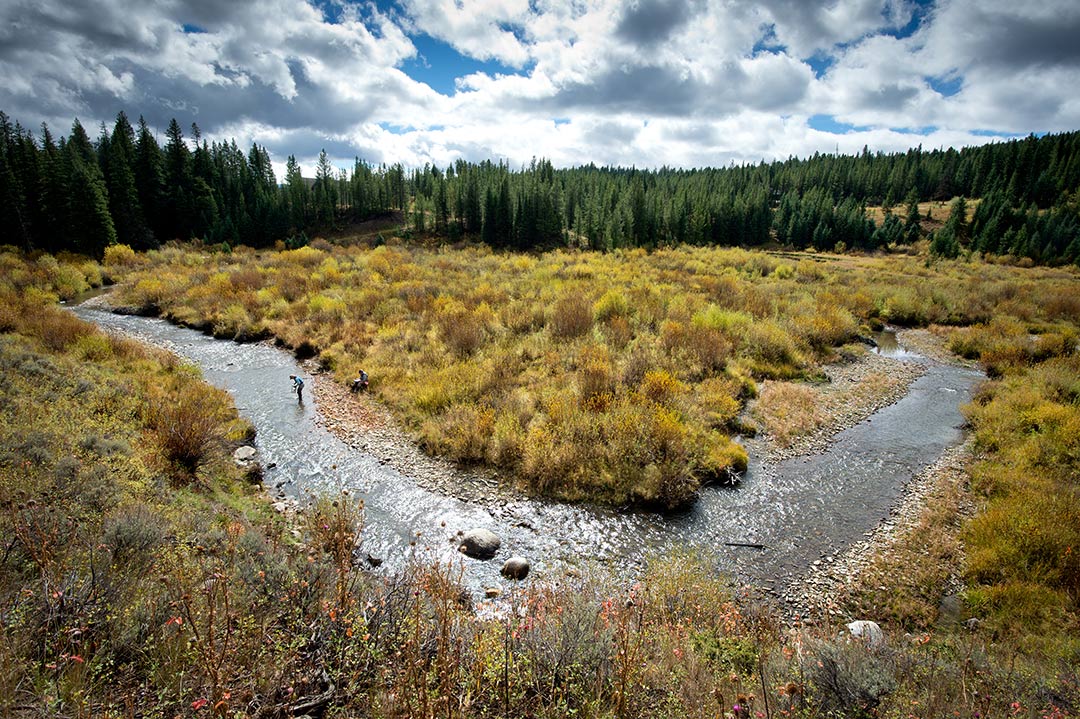The Task Force Team completed the 2015 field season in a flurry of early-November snow. Over the past year, the Task Force staff, board, and volunteers have collected more than 8,000 data points! Thank you to the hardworking volunteers who braved sun, rain, and snow to measure the vital signs of our rivers and streams. Our data evaluates the health of our watershed today and helps us to plan projects to improve the quality of water for future generations.
In general, our results supported historical findings. Two of our monitoring sites, located in the Upper West Fork (Middle Fork) downstream of the Little Coyote Bridge, demonstrated high nitrogen concentrations. In the past, the Upper West Fork exceeded state standards for nitrogen. Excess nitrogen feeds algal blooms, which can impact fish and aquatic insect populations.
Chloride levels were also elevated in the Upper West Fork. Wastewater is rich in both nutrients, like nitrogen, and salts, like chloride. Thus, elevated nitrogen and chloride in the Upper West Fork were likely derived from wastewater.
During our winter sampling events, chloride levels were elevated throughout the watershed, but were well below the concentration that is toxic to aquatic life. This is likely the direct result of road salt used for winter maintenance carried by runoff to rivers and streams.
Meticulously collected data on streambed composition indicated that the site on the Middle Fork just upstream from the confluence with the North Fork has more fine sediment on the streambed than is healthy for fish and aquatic insects. Fine sediment can smother fish spawning grounds and aquatic insect habitat.
In August, we collected aquatic insects at four sites along the Upper West Fork, where a new restoration project is underway. This data will provide a baseline to evaluate the success of our restoration work. We will receive the results of the aquatic insect data in mid-December.
These results, along with more detailed analysis of our watershed data, will be included in The Annual Upper Gallatin River Water Quality Report available in print and on our website in January. To learn more about historical data, read last year’s report.
Photo by Rich Addicks, Photojournalist and Task Force Board Member

